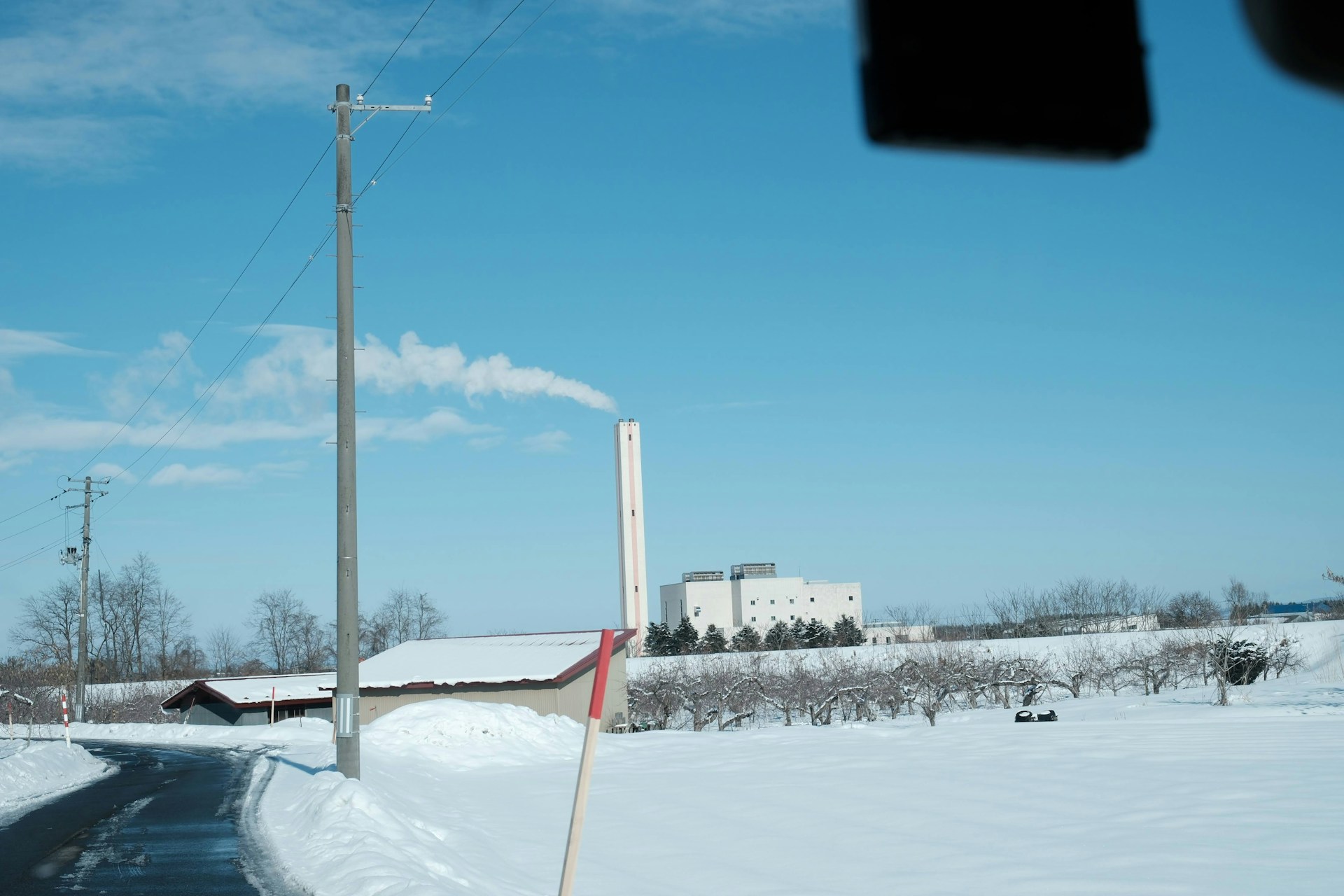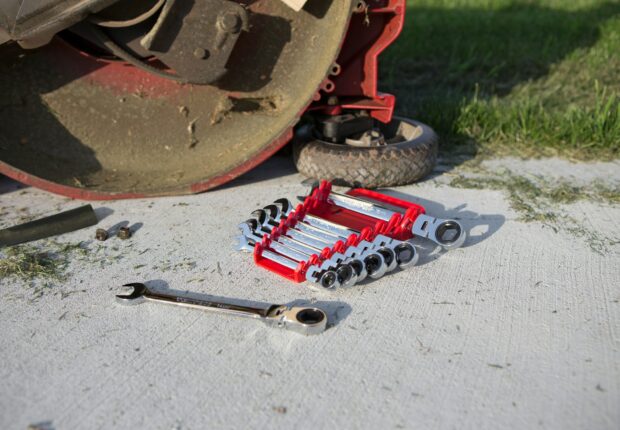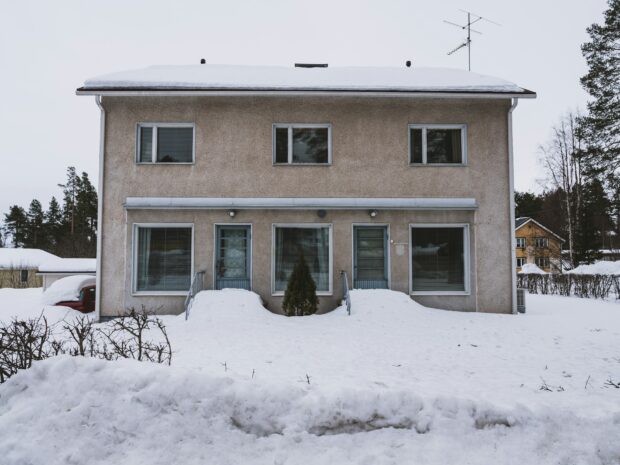
Efficiently managing industrial heating requirements can make a significant impact on operations, especially in environments susceptible to freezing conditions or temperature fluctuations.
Choosing the right heated pipe system is crucial not only for maintaining optimal functionality but also for reducing energy and maintenance costs in the long term.
If you’re currently exploring options for your facility’s heated pipe system, this guide covers everything you need to know to make an informed decision, highlighting the importance of pipe insulation, advanced technologies, and how trusted solutions like those offered by Heatline.com can elevate your operations.
Why Heated Pipe Systems Are Essential
A heated pipe system ensures that liquids within pipes don’t freeze or lose required temperatures during transfer.
This is critical across industries such as manufacturing, water treatment, construction, and agriculture.
Without proper protection, pipes can freeze, leading to costly repairs, downtime, and potential safety hazards.
Beyond protection, many of today’s advanced systems are designed to optimize energy use while delivering consistent performance under challenging conditions.
This makes them a valuable investment for any facility looking to improve operational efficiency.
1. Consider the Type of Application
The first step in selecting an appropriate heated pipe system is to understand the specific requirements of your facility.
Assess the type of pipes used, their material (metal, plastic, or polyethylene), and the operational temperatures your processes demand.
For example:
- Municipal and Domestic Water Systems: Options like the CARAPACE® Job-Ready water pipes, available at Heatline.com, offer ease of installation and reliable freeze protection.
- Pressurized Systems: Heating systems such as the Retro-FM® provide added durability for force mains and large potable water lines.
- Industrial Settings: Long-length heating cables like the EXT-R Series are versatile, working with pipes made of metal and plastic to suit diverse industrial needs.
By evaluating application-specific needs, you can choose solutions tailored to your facility’s operations.
2. Importance of Pipe Insulation
While a heated pipe system prevents freezing, pairing it with high-quality pipe insulation enhances efficiency by minimizing heat loss.
Insulation acts as the first layer of protection for your system, retaining heat for longer periods and mitigating the work your heating cables or mechanisms need to perform.
We recommend consulting with heating specialists to identify the right insulation material for your facility. Common insulation options include fiberglass, polyethylene foam, and rubber-based materials.
Always ensure that the insulation is compatible with your heating cables to avoid overheating or failures.
3. Choose the Right Heating Solution
Today’s market offers two main categories of heating systems, each with its pros and cons.
Self-Regulating Heating Systems
- Automatically adjust heat output based on pipe temperature, which optimizes energy use.
- Ideal for facilities with varying temperatures or fluctuating demands.
Solutions like the Paladin® for Pipe, found at Heatline.com, are excellent examples of short-length heating systems that utilize self-regulating technology.
Constant Wattage Heating Systems
- Deliver consistent output regardless of ambient temperature.
- Best used in applications where steady heat levels are crucial.
The Cut-to-Length Heat Trace offers flexibility in installations, allowing customization based on your facility’s unique layout and heating requirements.
4. Match the Technology to Your Climate
Your region’s climate plays a significant role in determining the heated pipe system you need.
If your facility operates in freezing conditions, such as those found in Northern climates, look for systems specifically engineered for extreme cold-weather performance.
For example, Heatline’s Retro-Line is designed to provide internal freeze protection for existing water supply pipes, efficiently preventing ice buildup in pipes exposed to exceptionally low temperatures.
5. Long-Term Energy Efficiency
When choosing an industrial heating system, energy conservation is a top priority.
Advanced heat tracing systems now include features like automatic shut-off mechanisms and smart control systems to optimize usage and save on electricity bills.
Additionally, installing insulated pipe systems ensures that you’re reducing heat loss and energy consumption while maintaining the required temperature range for your operations.
Always opt for solutions with proven energy-efficient specs, as this will generate savings over time while contributing to environmental sustainability for your facility.
Real-Life Examples of Trusted Heated Pipe Systems
Heatline.com offers a range of high-quality systems suited for small-scale domestic installations and large industrial facilities.
- Retro-DWS® for non-pressurized sewage freeze protection.
- CARAPACE® Cut-To-Length for versatility in water supply and sewage force main applications.
- EXT-T Series for situations requiring heat for food-grade systems or harsh environments.
These examples are just a few of the tailored solutions available to suit a wide variety of industrial applications.
The Benefits of Partnering with Heatline.com
When investing in heated pipe systems, reliability, and expertise matter.
With decades of industry experience, Heatline.com delivers technology-supported solutions that combine advanced performance with energy efficiency.
Their products are designed for quick installation, making them ideal for retrofit and new projects alike.
Visit Heatline.com to explore their full range of heating cables, insulation options, and pipe solutions tailored for to facility’s needs.
Make the Right Choice for Your Facility
Choosing the right heated pipe system doesn’t have to be overwhelming when you break it down into clear steps.
By evaluating the application, selecting compatible insulation, and considering technological and energy efficiency needs, you can ensure your facility remains fully operational in any conditions.
To discover the best solution for your requirements, visit Heatline.com or consult with one of their experts for tailored recommendations.








